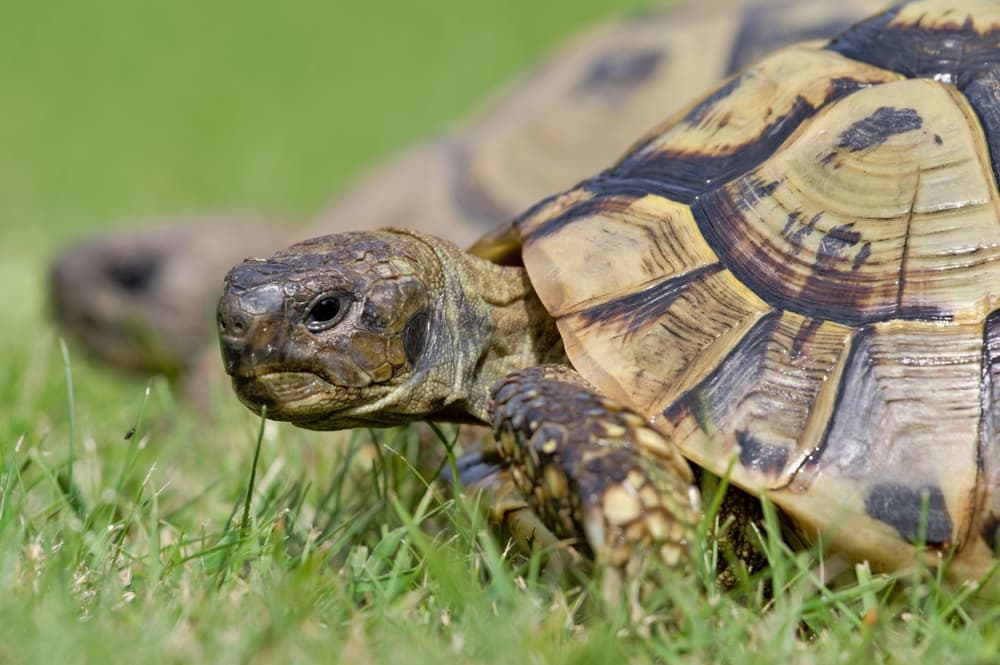
Hermann’s tortoises are captivating reptiles that have become popular among pet enthusiasts and reptile lovers. These small to medium-sized tortoises are known for their stunning appearance and gentle demeanor. If you’re considering bringing one into your home, it’s essential to understand Hermann’s tortoise size, growth rate, and habitat requirements.
In this comprehensive guide, we’ll dive into the world of Hermann’s tortoises to help you make informed decisions about their care.
About Hermann’s Tortoises
Hermann’s tortoises (Testudo hermanni) are a species of tortoise native to parts of Europe, including regions like Spain, Italy, and southern France. They are often divided into two distinct subspecies: the Eastern Hermann’s tortoise (Testudo hermanni boettgeri) and the Western Hermann’s tortoise (Testudo hermanni hermanni). Both subspecies are highly sought after in the pet trade due to their striking appearance and manageable size.
Hermann’s tortoises are characterized by their beautiful carapaces, which vary in color from golden yellow to dark brown. They also have a distinctive pattern of dark, radiating lines resembling a star shape, which adds to their charm. Their average lifespan ranges from 50 to 100 years, making them a long-term commitment for pet owners.
How Big Does a Hermann’s Tortoise Get?
Understanding the size of a Hermann’s tortoise is crucial for providing proper care and ensuring their well-being. These tortoises are generally considered small to medium-sized, with adult sizes varying between the Eastern and Western subspecies.
- Eastern Hermann’s Tortoise: These tortoises are the smaller of the two subspecies, with adults typically reaching a size of 6 to 8 inches (15 to 20 cm) in carapace length. Some individuals can grow slightly larger, but this is a rare occurrence.
- Western Hermann’s Tortoise: Western Hermann’s tortoises are slightly larger, with adult sizes averaging between 7 and 10 inches (18 to 25 cm) in carapace length. Like their Eastern counterparts, some may grow a bit larger, but this is not common.
It’s important to note that size can also vary between individual tortoises, even within the same subspecies. Factors such as genetics, diet, and overall health can influence their growth. Providing a balanced and nutritious diet, along with proper housing and care, can help your Hermann’s tortoise reach its full potential size.
How Long Does It Take for a Hermann Tortoise to Grow Full Size?
The growth rate of Hermann’s tortoises is relatively slow compared to other reptiles. It can take several years for them to reach their full size, and this growth rate varies between Eastern and Western subspecies.
- Eastern Hermann’s Tortoise: These tortoises generally reach their full size within 5 to 7 years, with some individuals taking a bit longer. Growth is most rapid during the first few years of their life.
- Western Hermann’s Tortoise: Western Hermann’s tortoises have a similar growth pattern, typically reaching their adult size within 5 to 8 years.
During their growth period, it’s essential to provide them with proper nutrition and appropriate habitat to ensure they develop healthily and reach their maximum size. A diet rich in leafy greens, vegetables, and occasional fruits, along with proper UVB lighting and a spacious enclosure, is crucial for their development.
How Big Does a Hermman Tortoise Tank Need to Be?
Creating the right habitat for your Hermann’s tortoise is vital to their well-being. The size of the enclosure, commonly referred to as a “tortoise table” or “tortoise habitat,” is a critical factor in their care.
A general guideline for the minimum enclosure size for an adult Hermann’s tortoise is an approximately 4 feet by 4 feet (1.2 meters by 1.2 meters)foot print. However, more space is always better if you can provide it. A larger enclosure allows your tortoise to roam, explore, and exhibit natural behaviors. Providing a secure outdoor area for them to enjoy natural sunlight and fresh air is also highly recommended.
For hatchlings and juvenile tortoises, smaller enclosures are suitable, but they should be upgraded as your tortoise grows. A smaller indoor enclosure can be used temporarily, but it’s essential to plan for a larger space as it matures.
Remember to furnish the enclosure with appropriate hiding spots, basking areas, shallow water dishes for soaking, and set the appropriate temperature for it. Providing a varied diet and maintaining proper temperature and humidity levels are equally crucial for their overall health and well-being.
Jabberwock Reptiles Is Here to Help You
Understanding Hermann’s tortoise size, growth rate, and habitat requirements is essential for responsible pet ownership. These charming reptiles can provide years of companionship when provided with the proper care and environment.
At Jabberwock Reptiles, we understand the unique requirements of Hermann’s tortoises and are committed to providing you with the guidance and resources you need to care for these wonderful reptiles. Contact us and learn more about how we can help you.


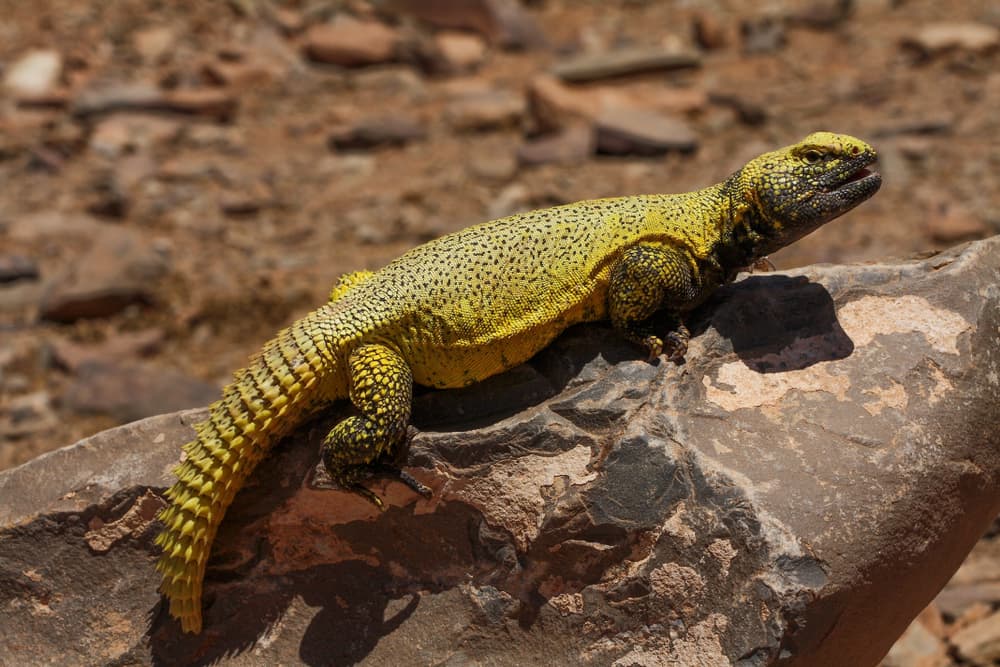
 Best Substrate for Uromastyx
Best Substrate for Uromastyx
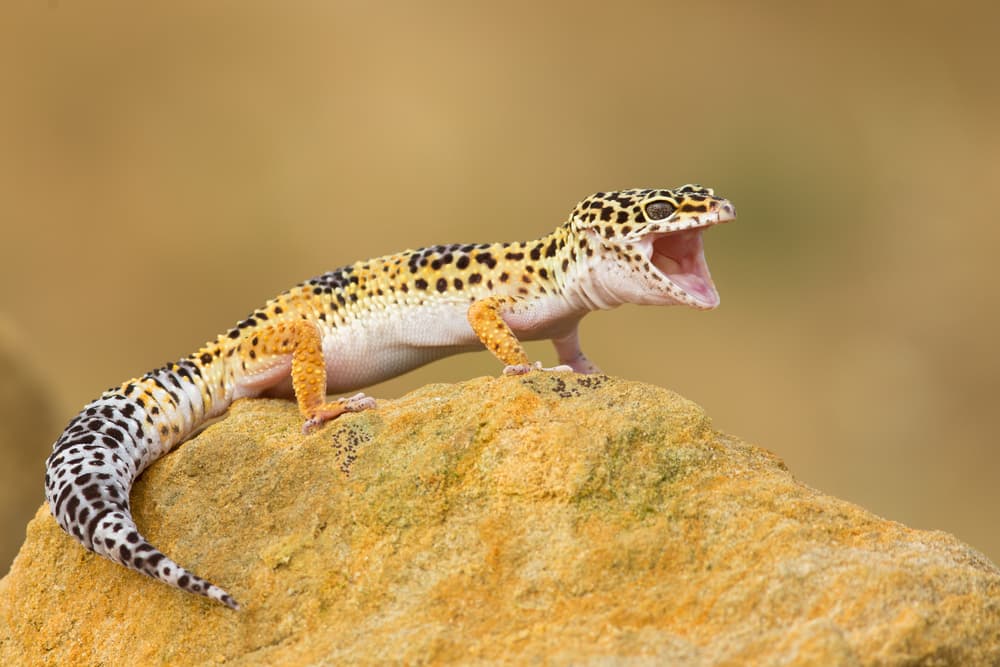
 Leopard geckos originate from the Middle East’s semi-arid, sun-drenched, mountainous deserts. Specifically, they inhabit Iran, India, Pakistan, and Afghanistan regions. One of the reasons these reptiles thrive and require minimal care in captivity is their exceptional adaptation to the challenging environments of their natural habitats.
Leopard geckos originate from the Middle East’s semi-arid, sun-drenched, mountainous deserts. Specifically, they inhabit Iran, India, Pakistan, and Afghanistan regions. One of the reasons these reptiles thrive and require minimal care in captivity is their exceptional adaptation to the challenging environments of their natural habitats. Leopard geckos are amazing! They’re incredibly hardy and can easily get used to being handled, although baby geckos can be a bit jumpy. The best part is that cleaning is a breeze since leopard geckos tend to only do their business in one spot.
Leopard geckos are amazing! They’re incredibly hardy and can easily get used to being handled, although baby geckos can be a bit jumpy. The best part is that cleaning is a breeze since leopard geckos tend to only do their business in one spot.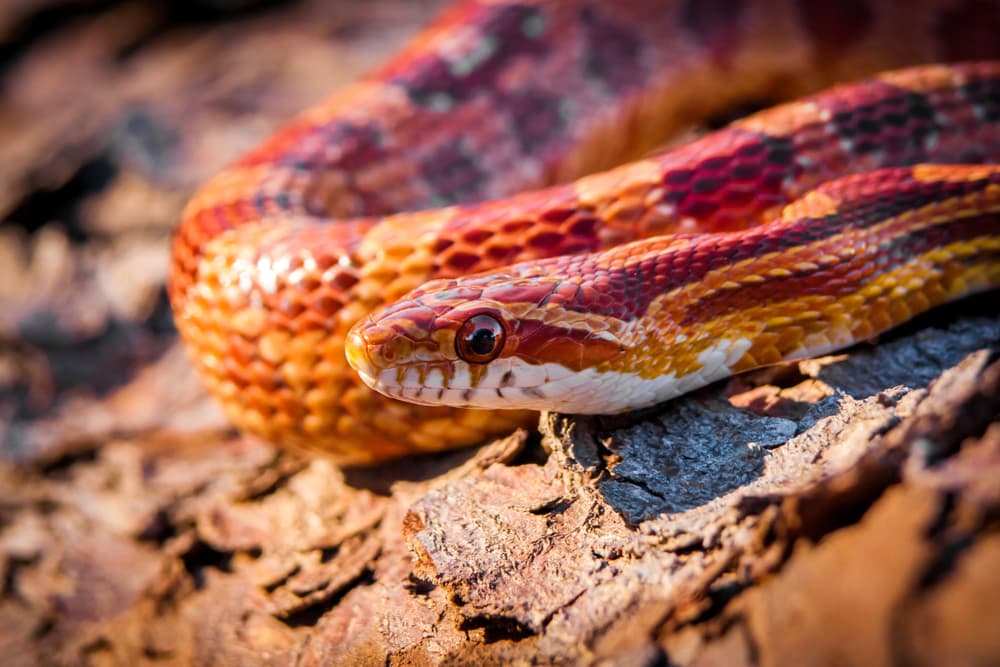
 Corn snake diet as a carnivore species mostly consists of mice
Corn snake diet as a carnivore species mostly consists of mice As previously mentioned, corn snakes eat rodents as their main food source while in the wild or in captivity. But they can also eat other types of prey, such as:
As previously mentioned, corn snakes eat rodents as their main food source while in the wild or in captivity. But they can also eat other types of prey, such as: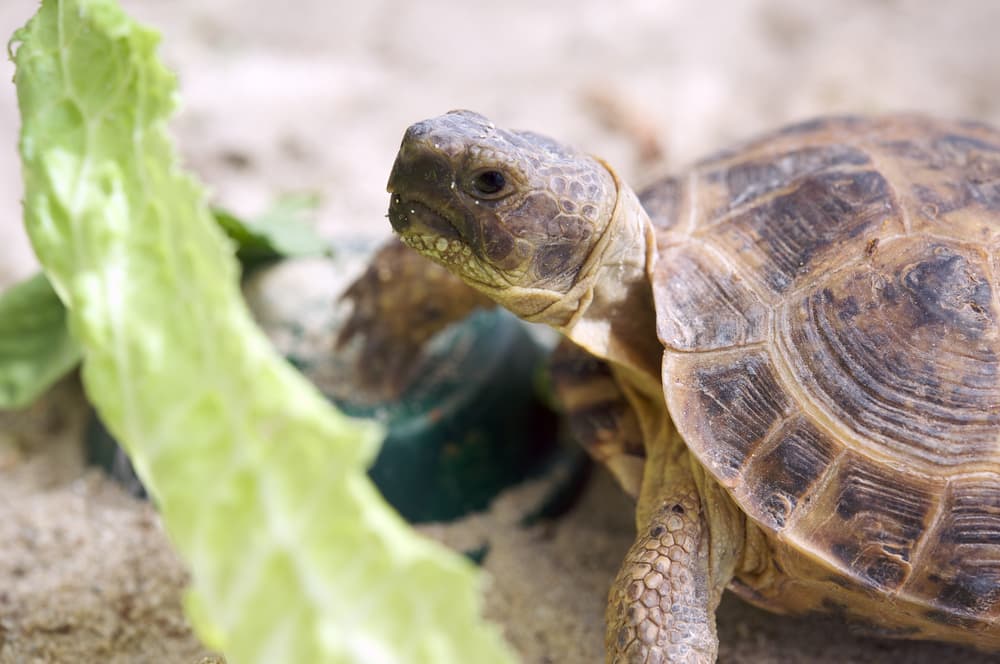
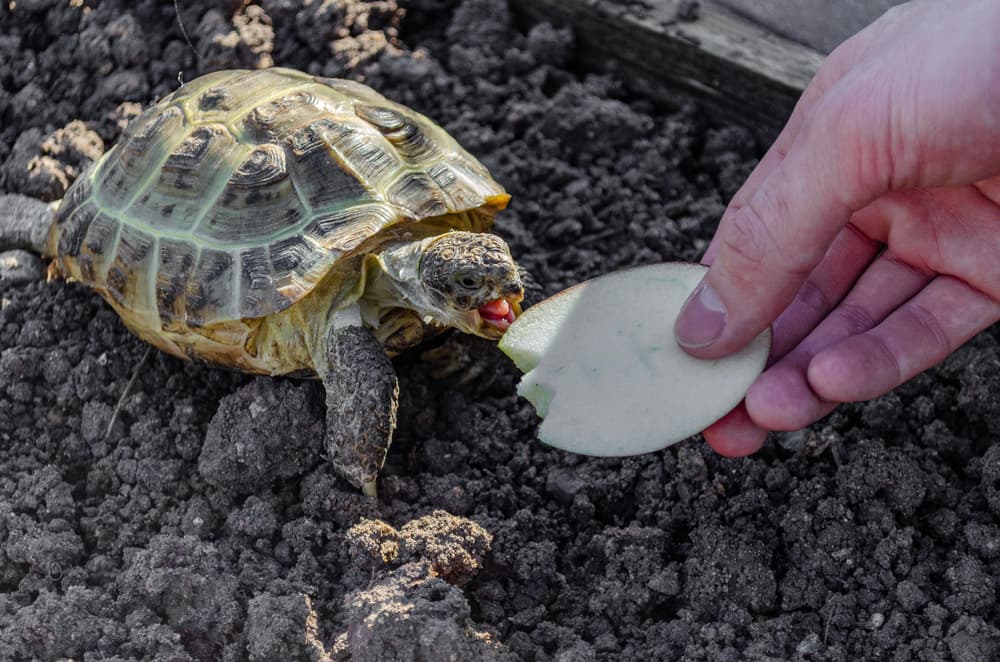

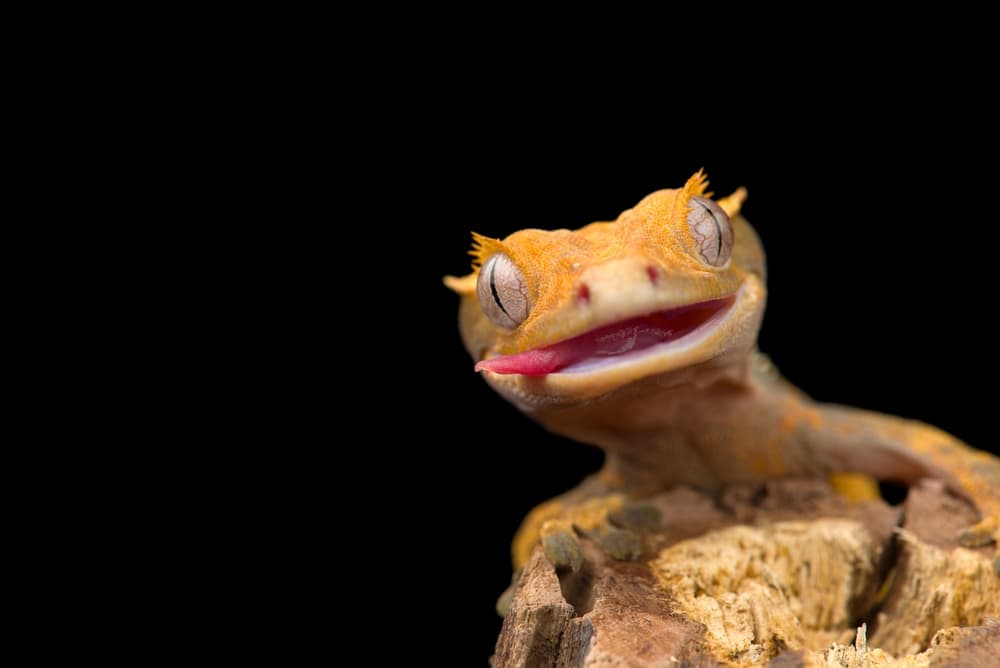

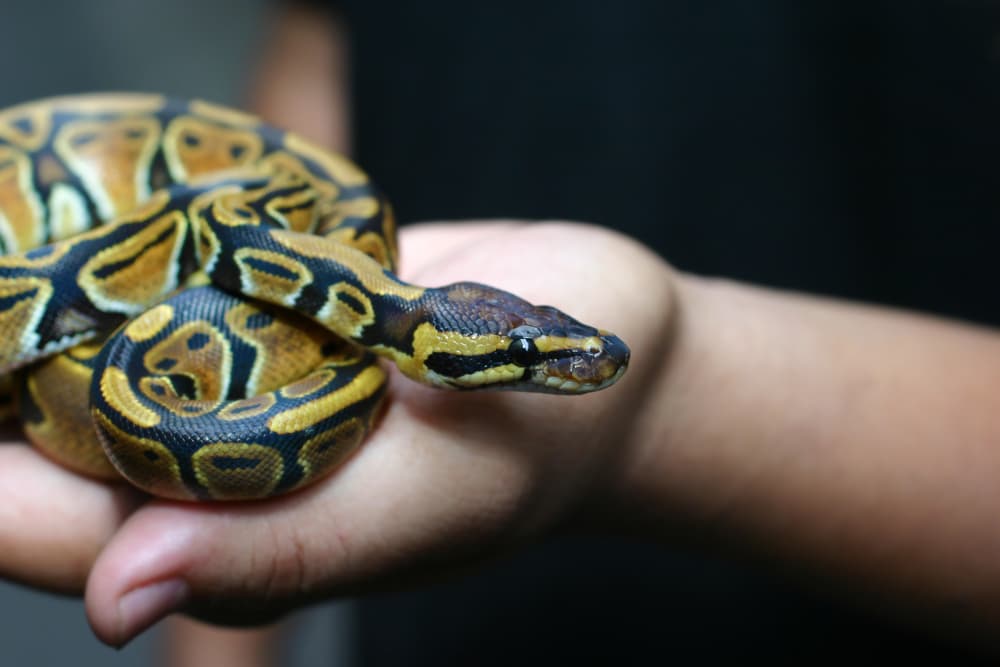
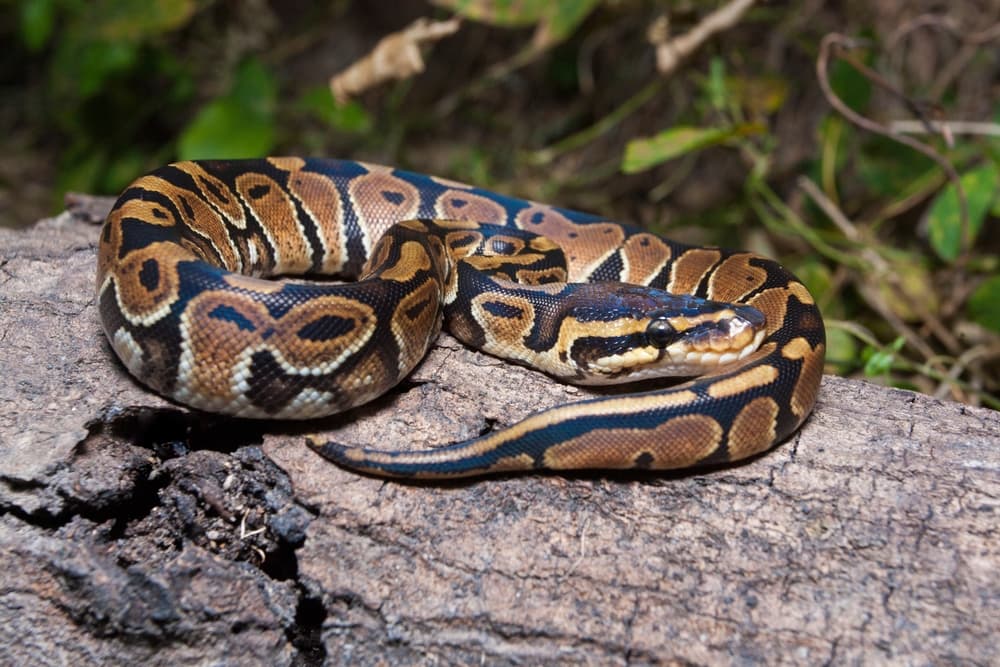

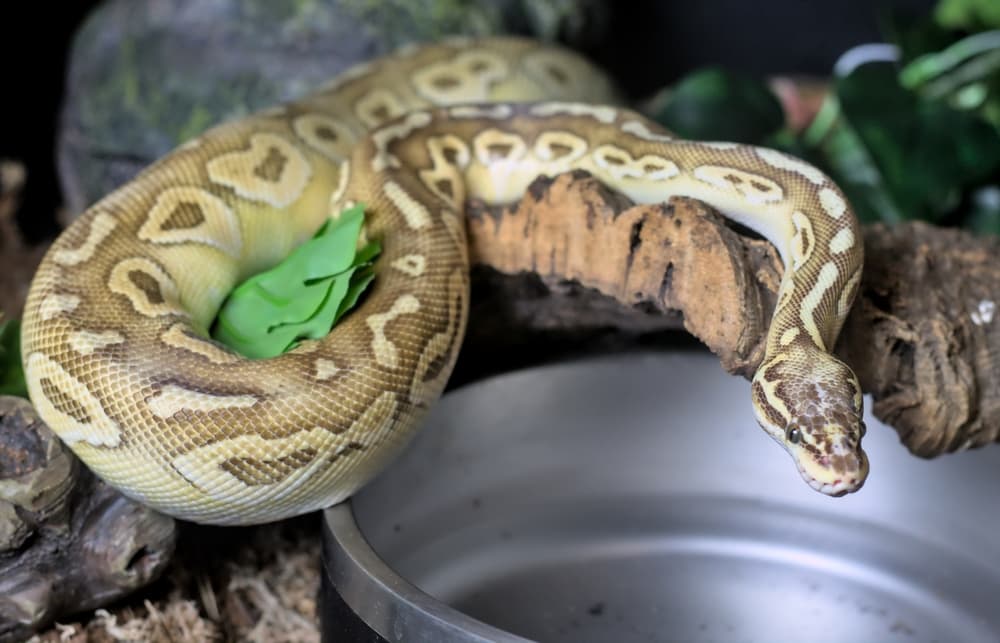
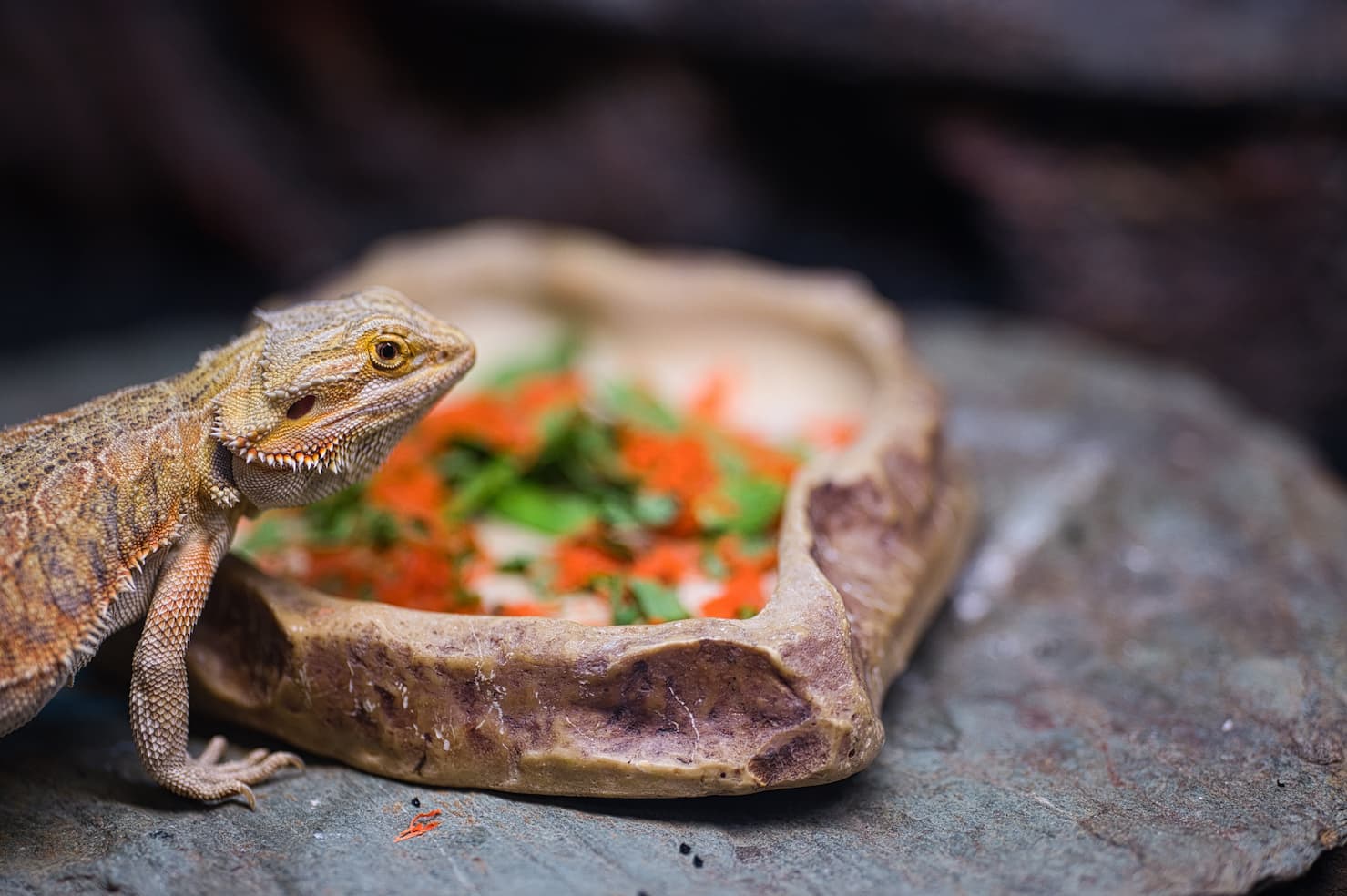
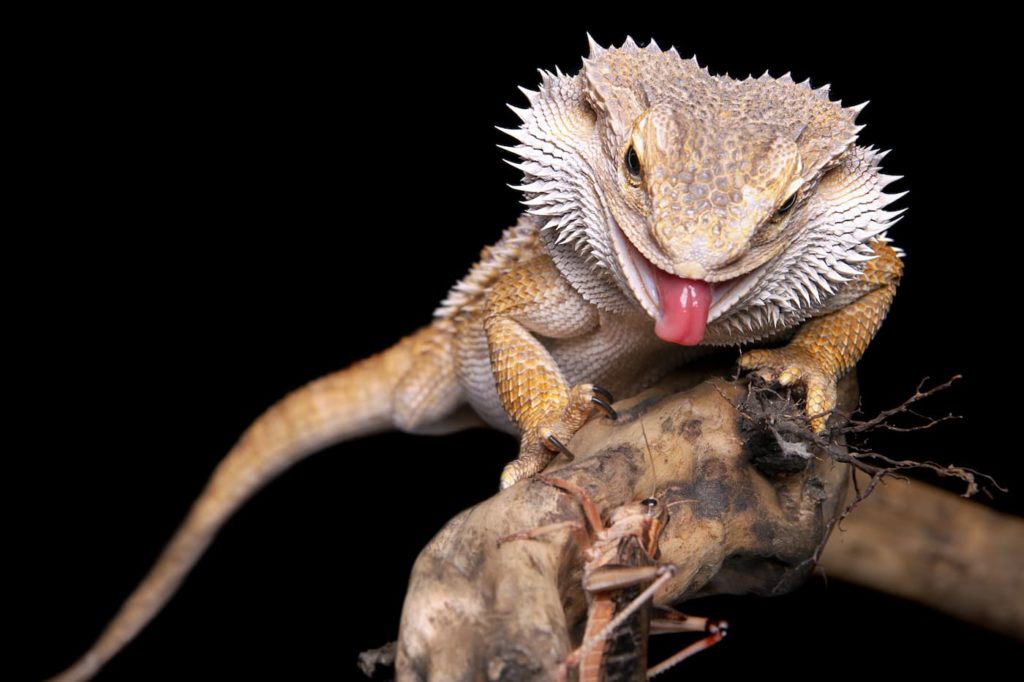 How Much Insect Protein Does Your Dragon Need by Age and Stage?
How Much Insect Protein Does Your Dragon Need by Age and Stage? The list below can assist you in planning your purchase of greens for your dragons’ diet.
The list below can assist you in planning your purchase of greens for your dragons’ diet.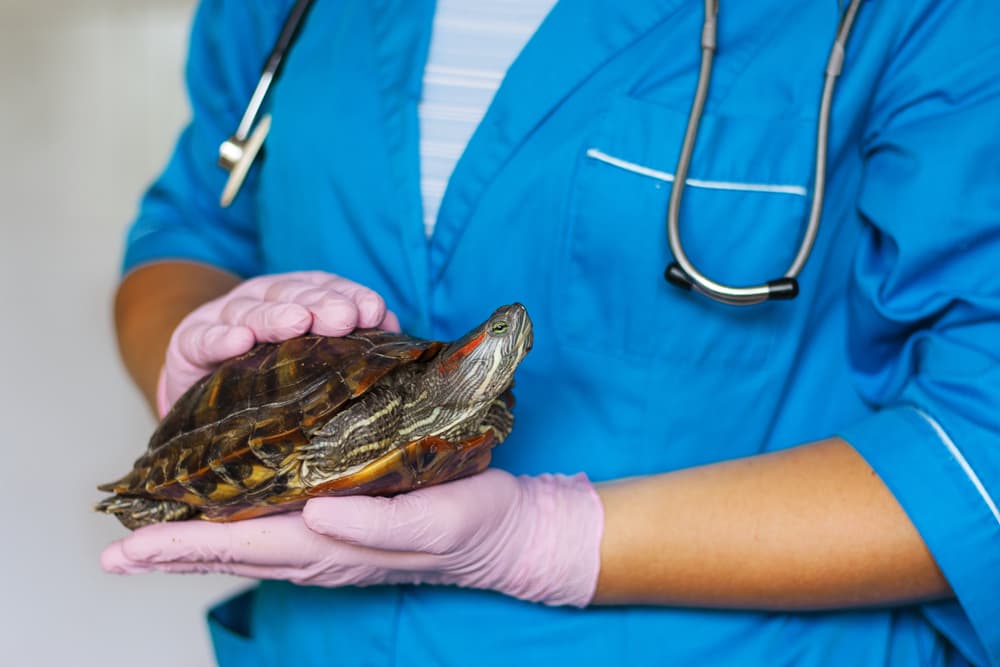
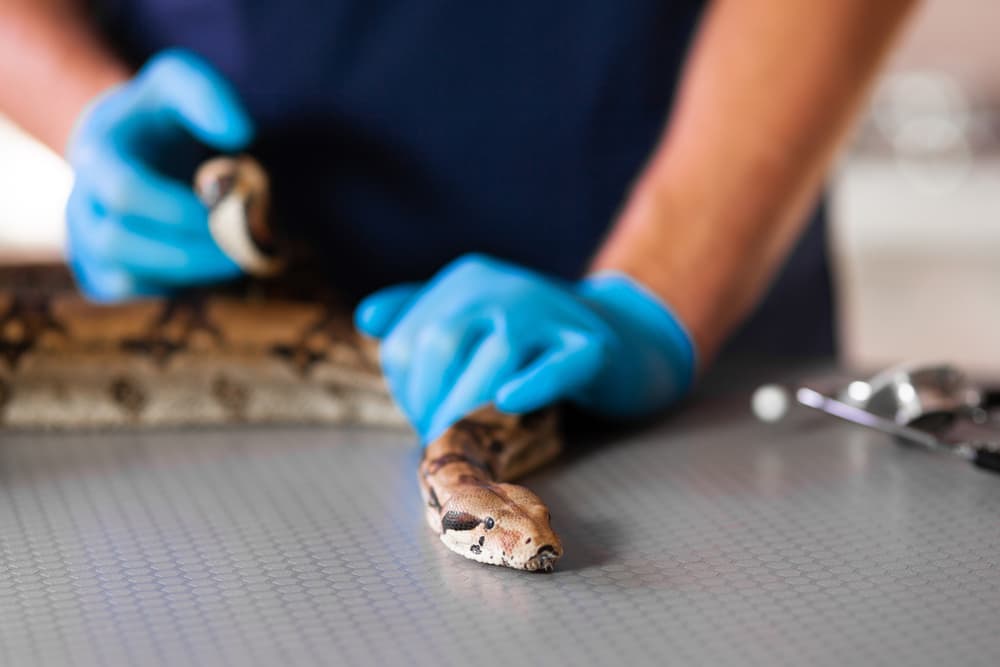
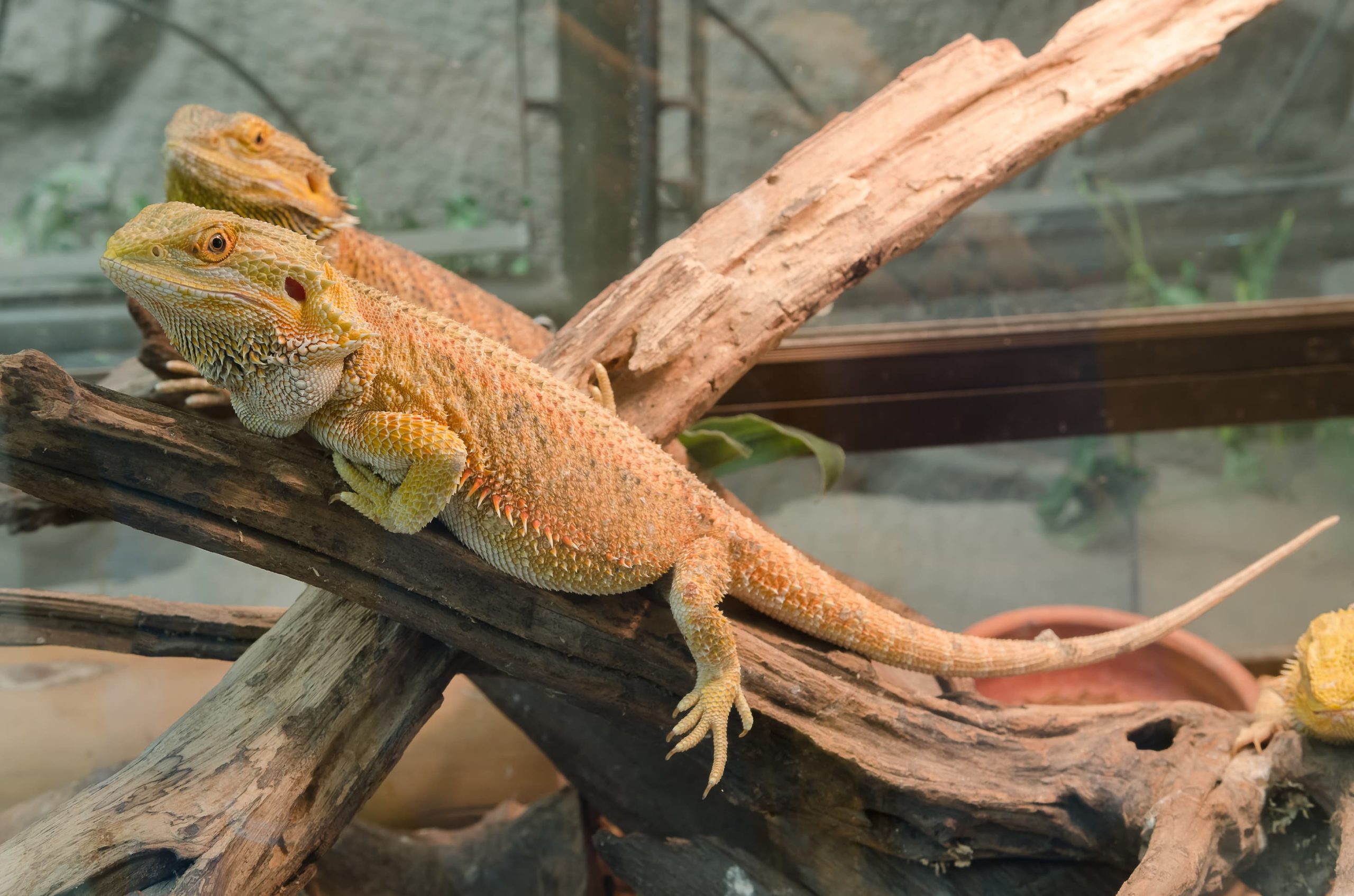


Recent Comments